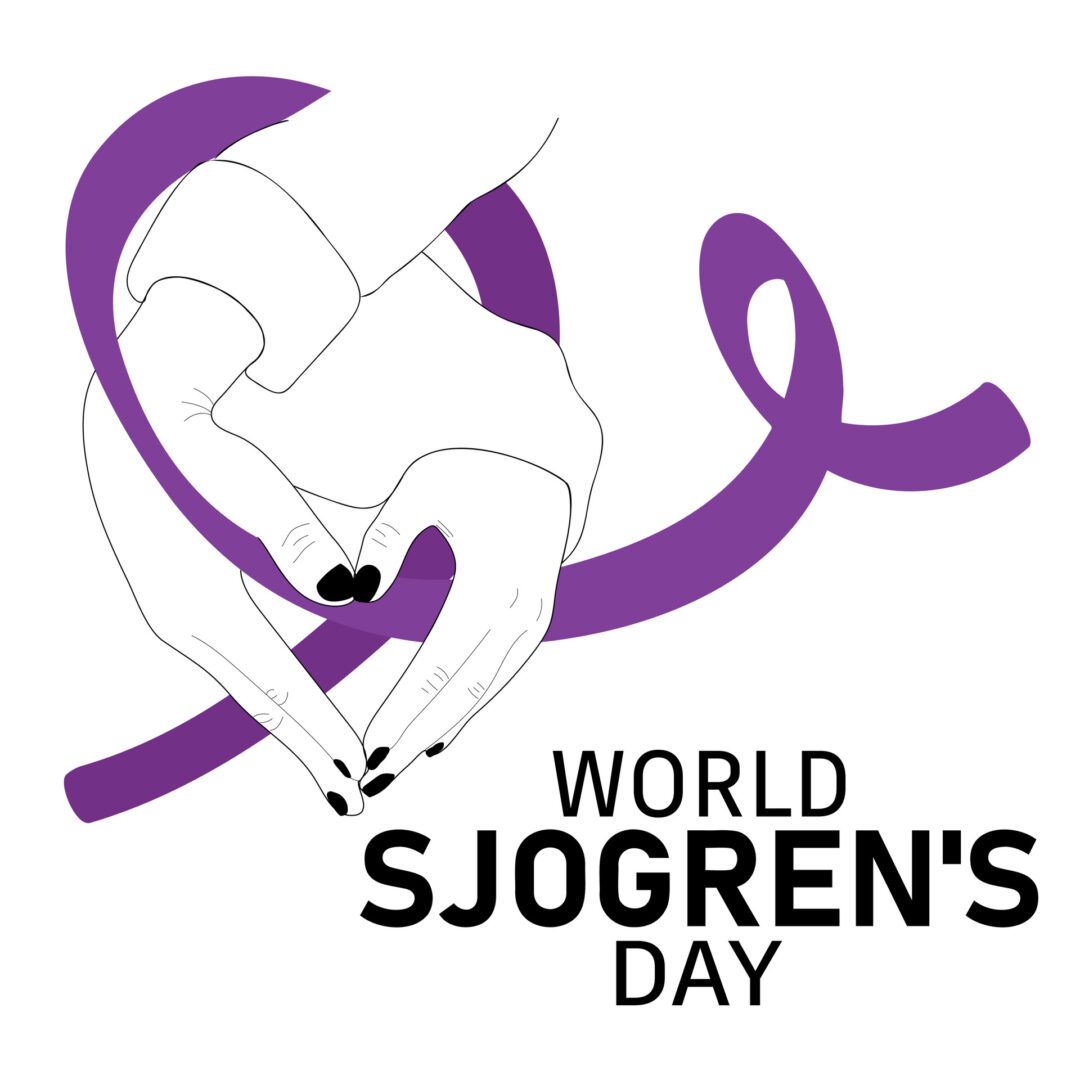Search by Color or Cause


World Sjogren’s Day is puts a face on the millions of people who live with this disease or suffer from symptoms and have yet to be diagnosed. In addition, it gives everyone touched by Sjogren’s a vehicle to reach out to educate those close to them. This includes family, friends, co-workers, and neighbors. It is the ideal opportunity for you to have your voice heard and to spread awareness about this life-altering disease.
Leading up to World Sjogren’s Day, talk about Sjogren’s with the people in your life. Share your story and educate others. By doing so, you are helping spread the message that Sjogren’s is a serious disease that deserves to be recognized. You may also be helping someone who is looking for answers to their own questions.
This World Sjogren’s Day, use your voice to tell your story. Wear a light blue awareness ribbon pin, ribbon or wristband to raise awareness of World Sjogren’s Day. Or, wear a purple awareness ribbon pin for Sjogren’s disease, in general. We also offer wristbands and fabric ribbons in purple, as well.
World Sjogren’s Day was created by the Sjögren’s Foundation to raise much needed awareness for Sjogren’s. It is marked every year on July 23rd, the birthday of Dr. Henrik Sjögren, the Swedish ophthalmologist who discovered Sjogren’s. The Foundation is joined by organizations around the world. Draw attention to Sjogren’s and the disease’s impact on millions of patients.
In 1929 Dr. Sjogren met a patient who complained of dry eye, dry mouth and joint pain. While each of these symptoms were already well known, it was the combination of them that Dr. Sjogren noticed and decided to investigate.
Dr. Sjogren could have been just an ophthalmologist who happened to meet a patient with dry eye, but his open mind led him to the discovery of an unknown clinical entity. His work not only paved the way for current researchers in the field but has also helped all patients living with this complex disease. Nearly 4 million Americans fight this disease each day.
Sjogren’s (“SHOW-grins”) is a chronic autoimmune disease in which white blood cells attack and damage the moisture-producing glands in a person’s body.
Sjogren’s is the 2nd most common rheumatic autoimmune disease in the United States. Affecting as many as four million Americans, Sjogren’s is three times more common than better known related diseases such as Lupus and Multiple Sclerosis. In fact, Sjogren’s strikes nearly 1 in every 70 people.
90% of Sjogren’s patients are women. Most patients are diagnosed in their late 40s, however, the disease has been recognized in nearly all racial and ethnic groups and all age groups, including children.
Along with symptoms of extensive dryness, other serious complications include profound fatigue, chronic pain, major organ involvement, neuropathies, and lymphomas.
Someone with Sjogren’s has a greater risk of developing lymphoma (44 times greater than a healthy individual).
Sjogren’s remains relatively unknown and is often undiagnosed or misdiagnosed. The average time from the onset of symptoms to diagnosis is 2.8 years.
A diagnosis can be difficult because symptoms can vary from person to person and may mimic other medical conditions. Additionally, patients may not share all of their symptoms with a specific healthcare professional (i.e. telling a dentist about dry eyes, etc.) and symptoms are not always present at the same time so they are treated individually rather than systemically.
There is currently no known cure for Sjogren’s.
The Sjogren’s Foundation is the only national non-profit organization dedicated to increasing research, awareness, and education for Sjogren’s.